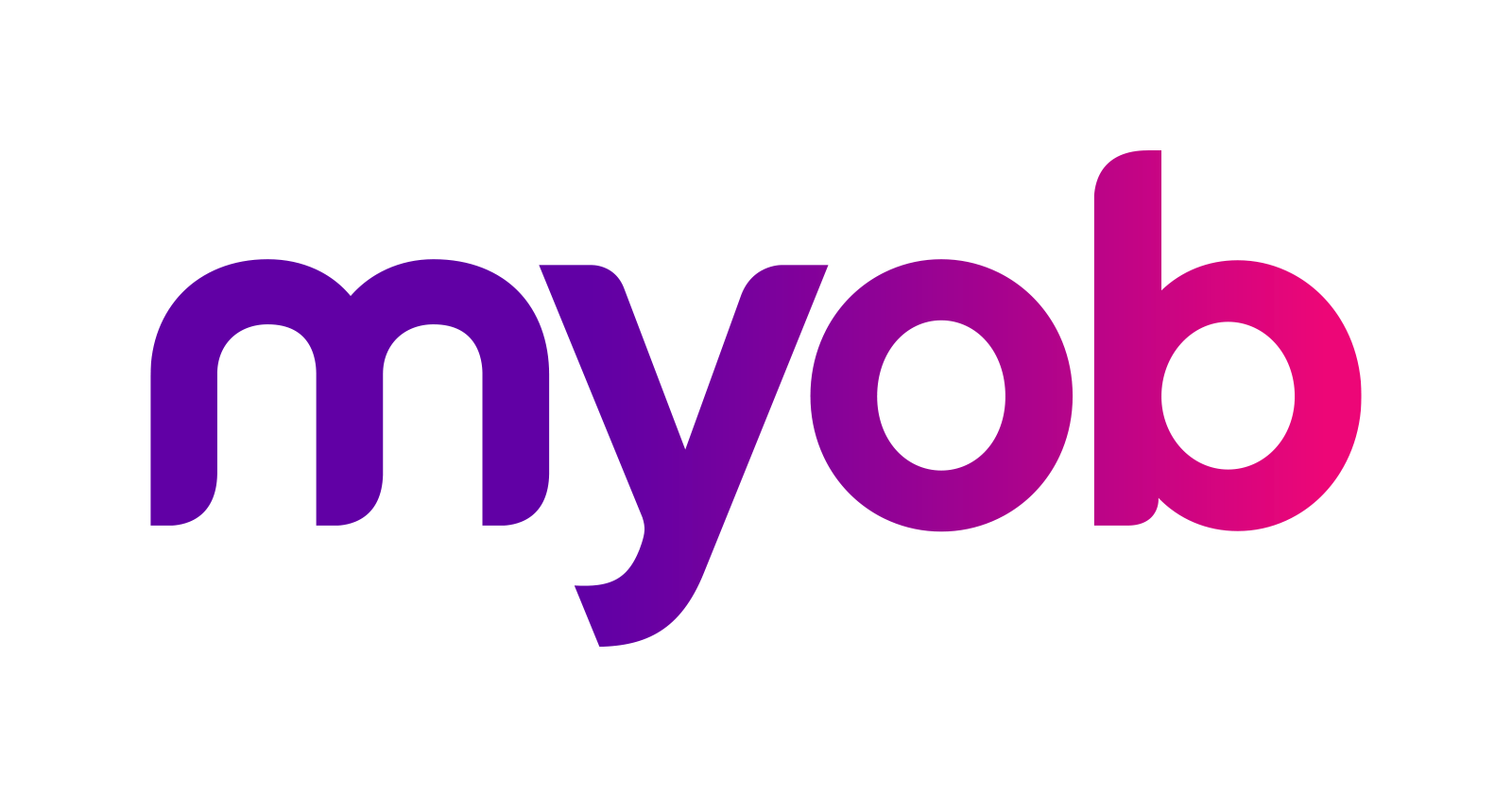Pre-Integration Checklist for Shopify + MYOB Users
Getting ready to link your Shopify store with MYOB AccountRight? Before you dive into the integration process, it’s vital to run through a pre-integration checklist. This can help ensure everything goes smoothly and prevent unexpected hiccups. We’ll walk you through what you need to prepare before syncing orders, inventory, and customer data with Shopify MYOB AccountRight—so you can get more out of your integration from day one.
Why a Shopify MYOB Integration Checklist Matters
By following a well-structured checklist before connecting Shopify to MYOB AccountRight, small businesses and advisors minimize downtime and avoid errors. If your digital agency supports ecommerce clients, or you’re a bookkeeper wanting airtight records, starting with a clear Shopify MYOB integration plan saves time and builds confidence.
A checklist addresses key areas like confirming product SKUs, matching tax rates, and preparing customer data for smooth transfers between platforms—helping you avoid headaches down the road.
Benifits
Cut down on manual work and reduce data-entry errors by setting up integration on the right foot.
Increase the accuracy of your sales and inventory data, leading to smarter business decisions.
Speed up month-end closes—your accounts stay reconciled as orders and stock move between Shopify and MYOB.
Set your business up for growth with systems that scale together.
Real-World Ways a Pre-Integration Checklist Helps
A boutique clothing shop preps its product SKUs and customer list, then uses Wbsync to connect Shopify with MYOB AccountRight. This proactive approach prevents duplicate products and makes monthly reconciliation simple.
A digital agency supporting multiple ecommerce clients ensures each store’s tax settings and inventory are aligned before integrating, saving hours of troubleshooting and boosting client trust.
A bookkeeper runs a checklist for a client’s store, guaranteeing data matches between Shopify and MYOB. As a result, all future orders sync seamlessly, leaving fewer accounting surprises.
Frequently Asked Questions
What do I need to check before syncing Shopify orders with MYOB AccountRight?
It's important to double-check product SKUs, tax rates, and customer information before integrating, to ensure all the data moves over smoothly and without errors.
How do I avoid duplicate products after connecting Shopify and MYOB AccountRight?
Make sure each product in Shopify has a unique SKU that matches your MYOB records. Running a pre-integration checklist designed for Shopify MYOB integration can help prevent duplicates.
Why should I back up my data before starting integration?
Backing up your Shopify and MYOB data ensures you have a safety net in case anything unexpected happens during the integration process.
Are there any special tips for tax settings in a Shopify MYOB integration?
Yes, it’s crucial to match your tax rates and rules between Shopify and MYOB AccountRight. This can prevent potential GST or compliance issues when syncing sales.
Can I sync only certain types of data between Shopify and MYOB AccountRight?
Definitely. Tools like Wbsync let you pick what to sync, whether it’s orders, inventory, payments, or customers. Review your integration settings before going live.
Key Points for a Stress-Free Shopify MYOB AccountRight Integration
A checklist keeps your Shopify and MYOB data tidy and ready for integration.
Preparing tax, product, and customer data avoids syncing errors and saves time.
Backup and verification steps safeguard your business as you connect both platforms.
A smooth integration starts with thorough preparation—use these steps to set up success.
Pricing
Plans that scale with your business.
| Free | Starter | Growth | |
| $0 | $29AUD | $49AUD | |
|
Get Started
No credit card required |
Get Started
No credit card required |
Get Started
No credit card required |
|
| Free Trial | 14 Days | 14 Days | |
| What's included | |||
| Orders per month | 10 | 100 | Unlimited |
| Backsync | - | Unlimited* | Unlimited |
| Features | |||
| Payments | |||
| Inventory** | Unlimited | Unlimited | |
| Onboarding | |||
| Personal Onboarding | Free | Free | |
| Helpdesk | Unlimited | Unlimited | Unlimited |
- Trial plans revert to Free plan after trial is over (and not upgraded)
- * Historic transactions not included in trial plans
- * Historic transactions are counted towards your monthly order quoata
- ** Items sync is not included Trial plans

